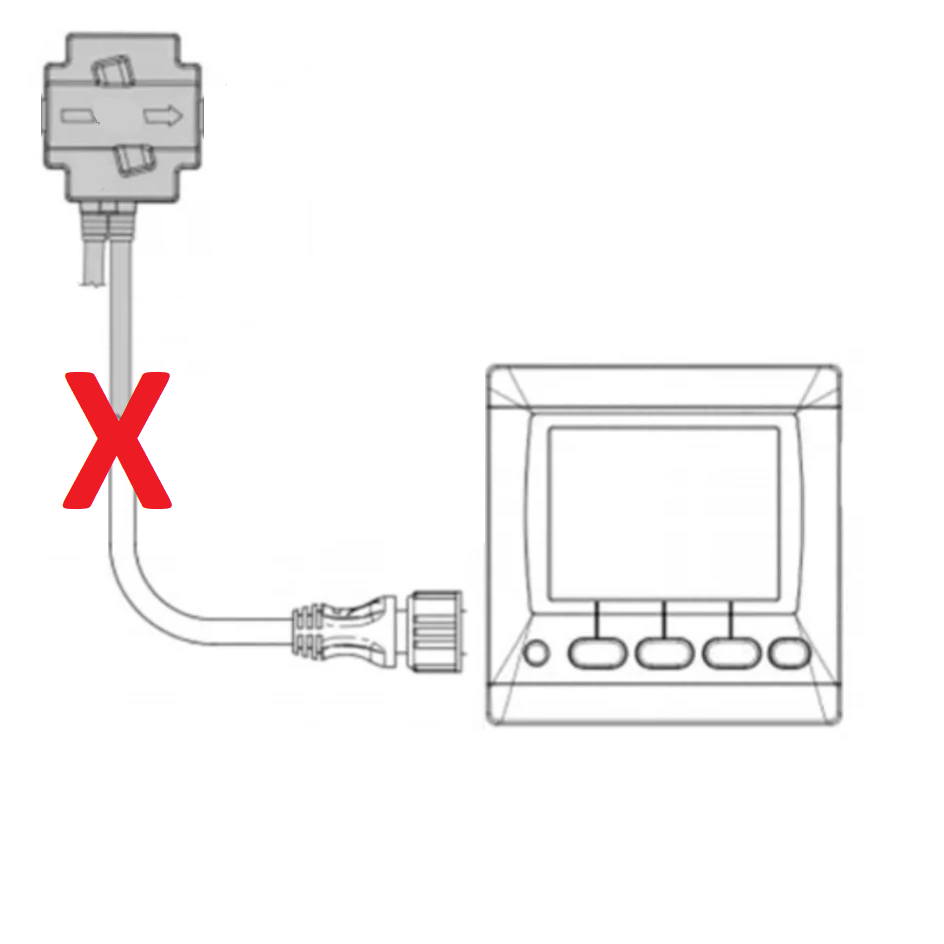
News
Unleash the Potential of NMEA Starter Kits: Elevate your Navigation Skills
Unleash the Potential of NMEA Starter Kits: Elevate your Navigation Skills
Unleash the Potential of NMEA Starter Kits: Elevate your Navigation Skills
Enhance your navigation skills and unlock new possibilities with NMEA starter kits. Whether you're an experienced sailor or just starting out, these kits are designed to elevate your navigation experience to the next level. With a wide range of features and compatibility options, NMEA starter kits offer the perfect solution for anyone looking to explore the waters with confidence and precision.
Featuring state-of-the-art technology and user-friendly interfaces, these kits provide seamless integration with your existing navigation systems. From GPS receivers and transducers to display units and networking accessories, NMEA starter kits offer a comprehensive solution for all your navigation needs.
By leveraging the power of NMEA technology, you'll have access to accurate and real-time data, making your voyages safer and more enjoyable. Whether you're looking to track your position, monitor weather conditions, or navigate through challenging waters, NMEA starter kits offer the tools you need to take control of your boating adventures.
Don't let navigation limitations hold you back. Unleash the potential of NMEA starter kits today and elevate your navigation skills to new heights.
Understanding NMEA (National Marine Electronics Association)
The National Marine Electronics Association (NMEA) is an industry organization that sets standards for marine electronics and communication protocols. NMEA has developed a set of protocols, known as NMEA 0183 and NMEA 2000, which are widely used in the marine industry. These protocols enable devices from different manufacturers to communicate and share data seamlessly.
NMEA 0183 is the older protocol and mainly used for connecting GPS receivers, depth sounders, and other marine instruments. It uses a simple serial communication interface to transmit data between devices. On the other hand, NMEA 2000 is a newer protocol that uses a faster and more efficient network backbone. It allows for the connection of multiple devices, creating a network of marine electronics on your boat.
Benefits of using NMEA Starter Kits
NMEA starter kits offer a wide range of benefits for boaters and sailors. One of the key advantages is the ability to integrate different navigation devices and instruments seamlessly. With NMEA starter kits, you can connect your GPS receiver, chartplotter, depth sounder, radar, and other marine electronics, ensuring that they work together harmoniously.
Another major benefit is the access to accurate and real-time data. NMEA starter kits provide a reliable and standardized method of sharing data between devices. This means that you can view your GPS position, depth readings, speed, and other essential information on a single display unit. Having access to accurate data allows you to make informed decisions and navigate with confidence.
Furthermore, NMEA starter kits enable you to expand your navigation capabilities. By connecting additional sensors, such as wind instruments or AIS receivers, you can enhance your situational awareness and make better-informed decisions while on the water. These kits offer the flexibility to customize your navigation system based on your specific needs and preferences.
Components of NMEA Starter Kits
NMEA starter kits typically consist of several components that work together to provide a complete navigation solution. The key components include GPS receivers, display units, transducers, networking accessories, and cables.
GPS receivers are the heart of any navigation system. They receive signals from multiple satellites and calculate your exact position on the water. NMEA-compatible GPS receivers ensure that your position data is transmitted accurately to other devices on your network.
Display units are used to visualize and interact with the data from your navigation system. They come in various sizes and formats, including chartplotters, multifunction displays, and marine monitors. NMEA-compatible display units allow you to view your position, charts, radar images, and other important information on a single screen.
Transducers are used to collect data from the environment, such as depth, temperature, and fish location. NMEA-compatible transducers ensure that this data is transmitted accurately to your display unit. They come in different types, including thru-hull, in-hull, and transom-mounted transducers.
Networking accessories, such as NMEA 2000 backbone cables and connectors, are used to connect all the devices in your navigation system. These accessories ensure that data is transmitted seamlessly between devices, allowing for a unified and integrated navigation experience.
How to choose the right NMEA Starter Kit for your needs
Choosing the right NMEA starter kit for your needs can be a daunting task. With so many options available, it's important to consider your specific requirements and preferences. Here are some factors to consider when selecting a starter kit:
1. Compatibility: Ensure that the starter kit is compatible with your existing navigation devices. Check the specifications and compatibility lists provided by the manufacturer to ensure seamless integration.
2. Features: Consider the features that are important to you. Do you need a large display unit, or are you looking for a compact solution? Do you require advanced features, such as radar overlay or AIS integration? Make a list of the features you need and prioritize them based on your requirements.
3. Expandability: Consider the future expansion possibilities of the starter kit. If you plan to add more devices to your navigation system in the future, ensure that the kit supports the necessary connections and has enough capacity for expansion.
4. Budget: Set a budget for your starter kit and stick to it. Consider the overall cost, including any additional accessories or cables that may be required. Remember, it's important to invest in a high-quality starter kit that will serve you well in the long run.
By considering these factors and doing thorough research, you can choose the right NMEA starter kit that meets your needs and helps you elevate your navigation skills.
Setting up and installing your NMEA Starter Kit
Setting up and installing your NMEA starter kit is a straightforward process, but it requires careful planning and attention to detail. Here are some steps to follow:
1. Plan your installation: Determine the best location for your display unit, GPS receiver, and other devices. Consider factors such as visibility, accessibility, and cable routing. Create a diagram or layout of your boat to visualize the installation process.
2. Install the backbone: Start by installing the NMEA 2000 backbone cables. These cables serve as the communication backbone for your navigation system. Connect the backbone cables to the power supply and ensure proper grounding.
3. Connect the devices: Connect your GPS receiver, display unit, transducers, and other devices to the NMEA 2000 backbone using appropriate cables and connectors. Follow the manufacturer's instructions for proper connections.
4. Configure the system: Once all the devices are connected, configure the system settings on your display unit. Set up the data sources, display preferences, and other settings according to your preferences. Consult the user manual for detailed instructions on configuring your specific display unit.
5. Test the system: After the installation and configuration, perform a thorough test of your navigation system. Check the connectivity, data accuracy, and functionality of all the devices. Make any necessary adjustments or reconfigurations to ensure optimal performance.
By following these steps and consulting the manufacturer's instructions, you can set up and install your NMEA starter kit with ease.
Troubleshooting common issues with NMEA Starter Kits
While NMEA starter kits are designed to be user-friendly and reliable, occasional issues may arise. Here are some common issues and troubleshooting tips:
1. Poor connectivity: If you're experiencing poor connectivity between devices, check the physical connections and ensure that all cables are properly connected. Inspect the connectors for any signs of damage or corrosion. Try reseating the connectors or replacing faulty cables if necessary.
2. Data inconsistencies: If you're getting inconsistent or inaccurate data on your display unit, check the data sources and configurations. Verify that the devices are properly configured to transmit and receive the correct data. Update the firmware of your devices to the latest version, as software updates may address known issues.
3. Power supply problems: If your navigation system is intermittently losing power or experiencing voltage fluctuations, check the power supply connections and wiring. Ensure that the power source is stable and providing sufficient voltage. Consider adding a dedicated power supply or voltage regulator to ensure consistent power delivery.
4. Device compatibility issues: If you're experiencing compatibility issues between devices, ensure that all devices are using the same NMEA protocol (e.g., NMEA 0183 or NMEA 2000). Check for firmware updates for your devices, as manufacturers often release updates to address compatibility issues and improve performance.
If you're unable to resolve the issues on your own, consult the manufacturer's customer support or seek assistance from a professional marine electronics technician.
Advanced navigation techniques using NMEA Starter Kits
NMEA starter kits offer advanced navigation capabilities that can enhance your boating experience. Here are some techniques you can explore:
1. Radar overlay: If your starter kit includes a radar display, you can overlay radar images on your chartplotter or multifunction display. This allows you to see the radar data along with your position and charts, providing a comprehensive view of your surroundings.
2. AIS integration: If you have an AIS receiver or transceiver connected to your starter kit, you can view AIS targets on your display unit. AIS (Automatic Identification System) provides real-time information about nearby vessels, including their position, speed, and heading. This information can help you navigate safely and avoid collisions.
3. Weather monitoring: Some starter kits offer integration with weather data services, allowing you to monitor weather conditions in real-time. This includes access to weather forecasts, radar images, and other meteorological data. Stay informed about changing weather patterns and make informed decisions based on the available data.
4. Advanced routing: With a connected starter kit, you can take advantage of advanced routing features. Some systems allow you to create and follow custom routes, taking into account factors such as depth, obstructions, and tidal currents. This enables you to plan your routes more efficiently and navigate through challenging waters with confidence.
By exploring these advanced navigation techniques, you can make the most of your NMEA starter kit and elevate your navigation skills to new heights.
NMEA Starter Kit accessories and add-ons
In addition to the core components, there are various accessories and add-ons available for NMEA starter kits. These accessories can further enhance your navigation system and add functionality to your setup. Here are some popular accessories to consider:
1. Weather stations: Weather stations provide real-time weather data, including wind speed, wind direction, temperature, and barometric pressure. Integrating a weather station into your NMEA system allows you to monitor weather conditions on your display unit.
2. Autopilot systems: Autopilot systems use GPS data to automatically steer your boat along a predefined course. They can be integrated with your NMEA starter kit to provide precise and reliable autopilot functionality.
3. Satellite communication systems: Satellite communication systems allow you to stay connected even when you're out of range of cellular networks. These systems provide voice and data communication capabilities, ensuring that you're always connected in case of an emergency.
4. Remote monitoring systems: Remote monitoring systems enable you to monitor and control your boat's systems remotely. These systems can be integrated with your NMEA starter kit to provide real-time information about battery voltage, fuel levels, bilge pump status, and other critical parameters.
By adding these accessories and add-ons to your NMEA system, you can customize your navigation setup to suit your specific needs and preferences.
Conclusion: Take your navigation skills to the next level with NMEA Starter Kits
NMEA starter kits offer a comprehensive solution for enhancing your navigation skills and exploring the waters with confidence. By leveraging the power of NMEA technology, you can integrate different devices, access accurate data, and expand your navigation capabilities.
Understanding NMEA protocols and the benefits of using starter kits can help you make informed decisions when choosing the right kit for your needs. Setting up and installing your starter kit requires careful planning and attention to detail, but the end result is a powerful and reliable navigation system.
By troubleshooting common issues and exploring advanced navigation techniques, you can maximize the potential of your NMEA starter kit and take your navigation skills to new heights. With the right accessories and add-ons, you can further enhance your navigation system and tailor it to your specific requirements.
Don't let navigation limitations hold you back. Unleash the potential of NMEA starter kits today and elevate your navigation skills to new heights. Whether you're a seasoned sailor or just starting out, NMEA starter kits offer the tools you need to navigate with confidence and precision. Start your boating adventure today and explore the waters like never before. Check here!
Comments
3 Comments3 Comments
-
Tom
-
Alex Frank
Hi Tom,
yes with this NMEA 2000 Starter Kit (https://www.vfsmarine.com.au/products/nmea-2000-starter-kit-set) you can connect your Raymarine Axiom 7 Chartplotter to your GME AIS.
.
Only thing if you don’t have the NMEA 2000 Connection on your Raymarine Aximon 7 do you need the Raymarine DeviceNet (Male) to STNG Spur (Female) Adaptor Cable to connect the NMEA 2000 connector.
.
(like this: https://cdn.shopify.com/s/files/1/0821/7726/1867/files/Raymarine_DeviceNet_Male_to_STNG_Spur_Female_Adaptor_Cable.png?v=1707112658)
.
Best Regards
Alex -
Tom
hi
will i be able to use this kit to connect a gme ais to a raymarine axiom 7 chartplotter
tom
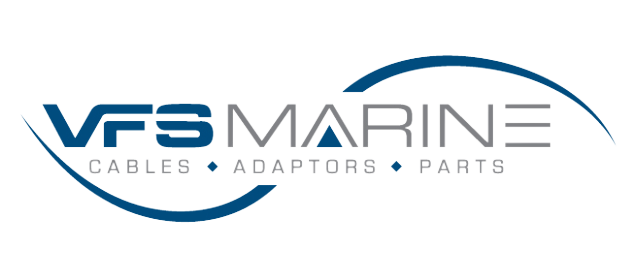
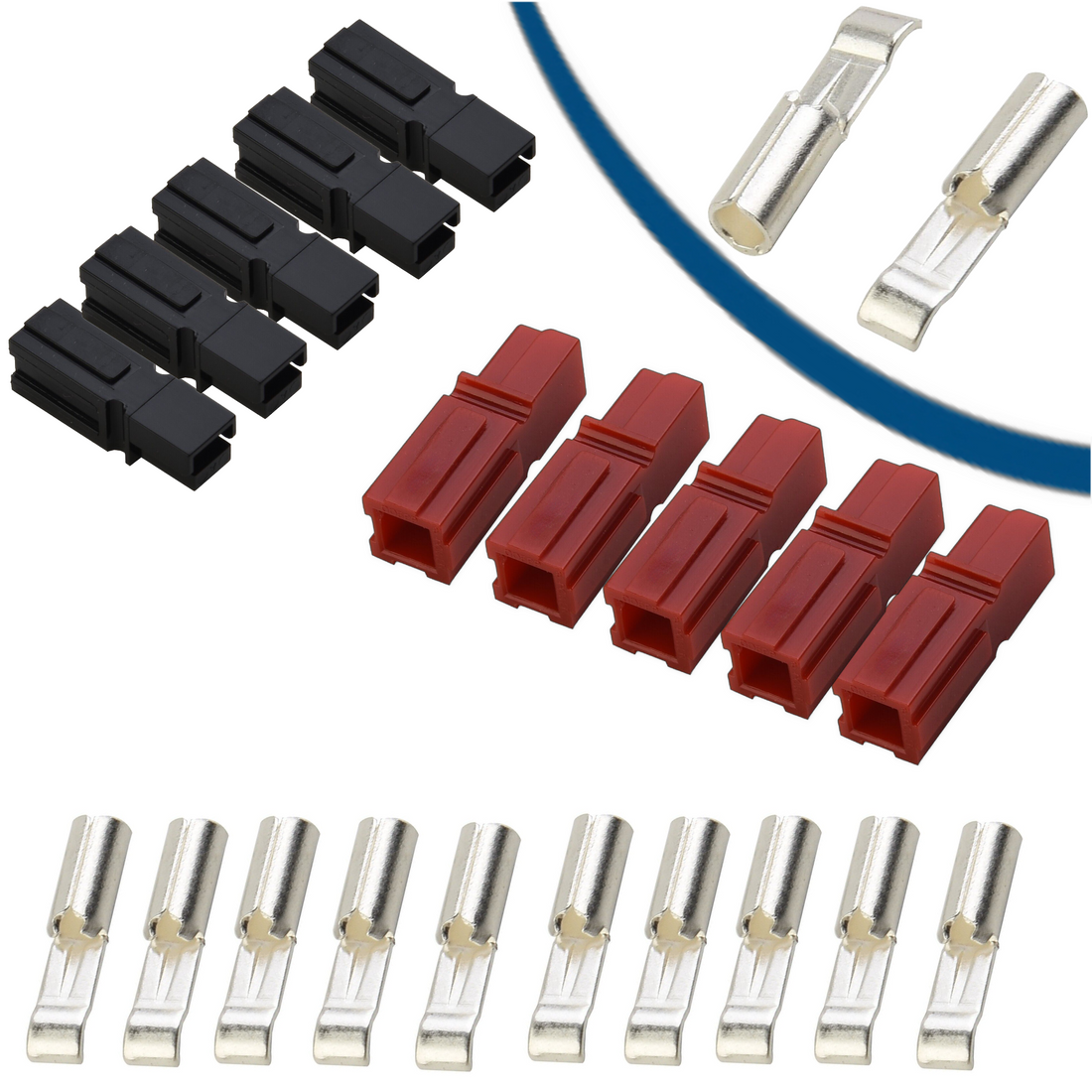
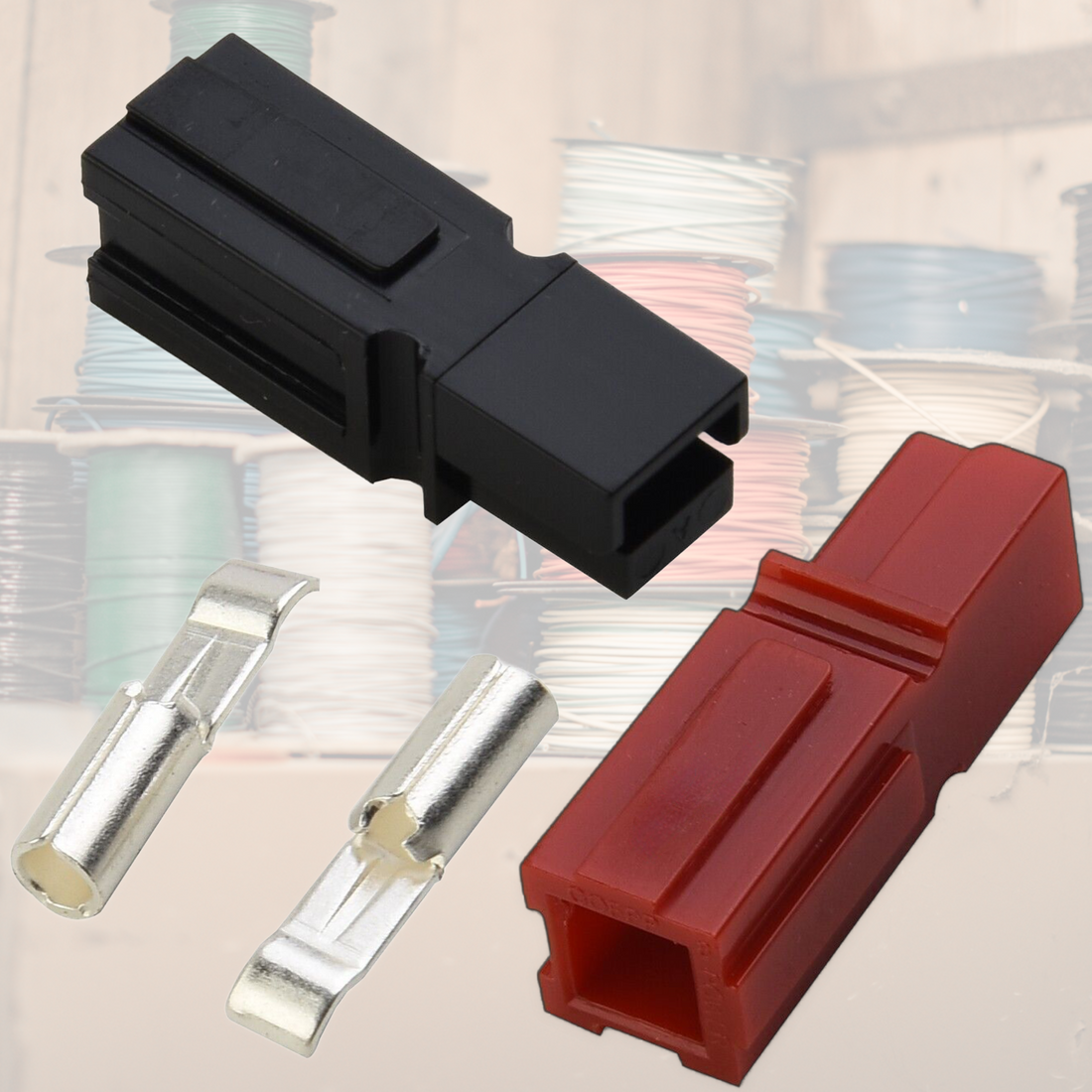
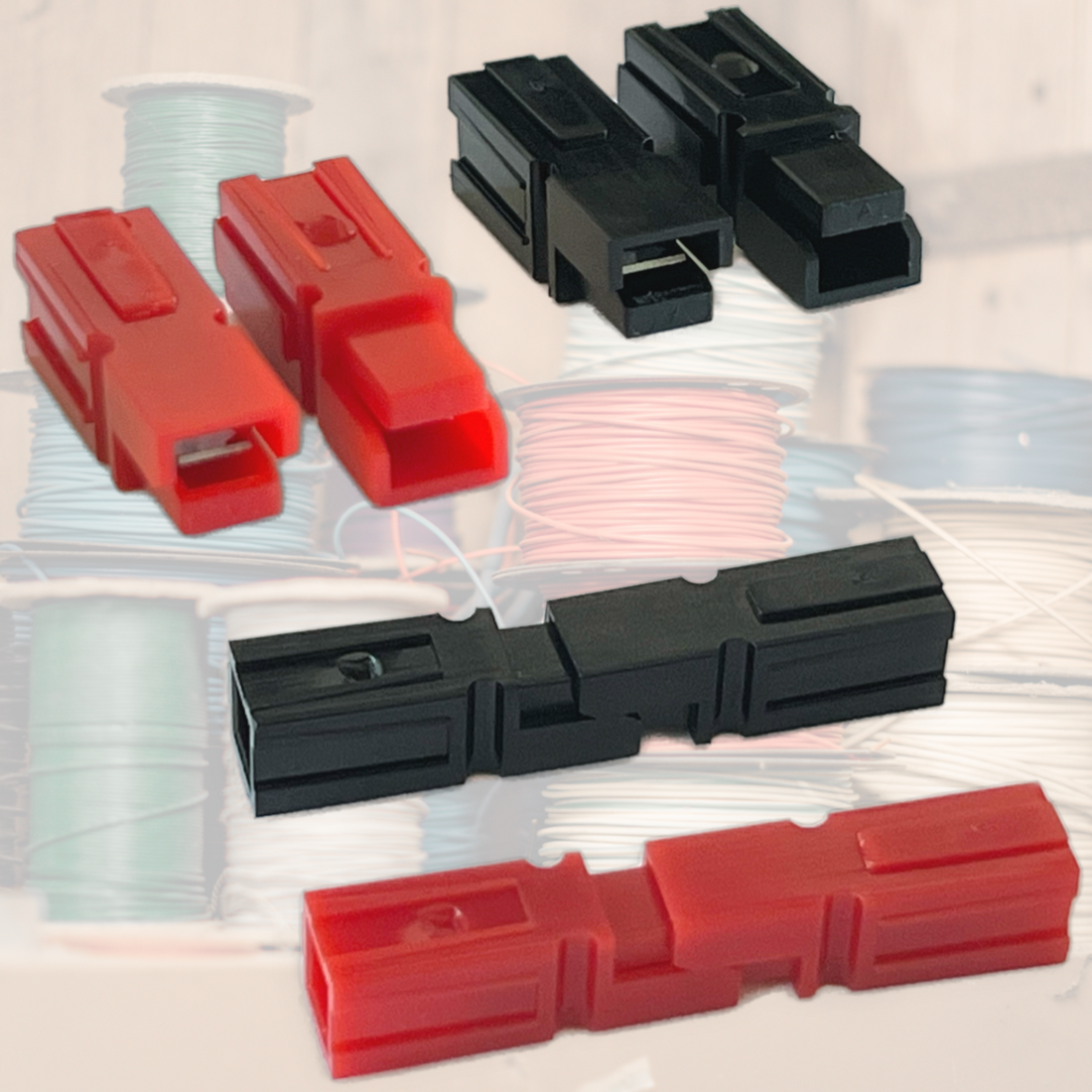
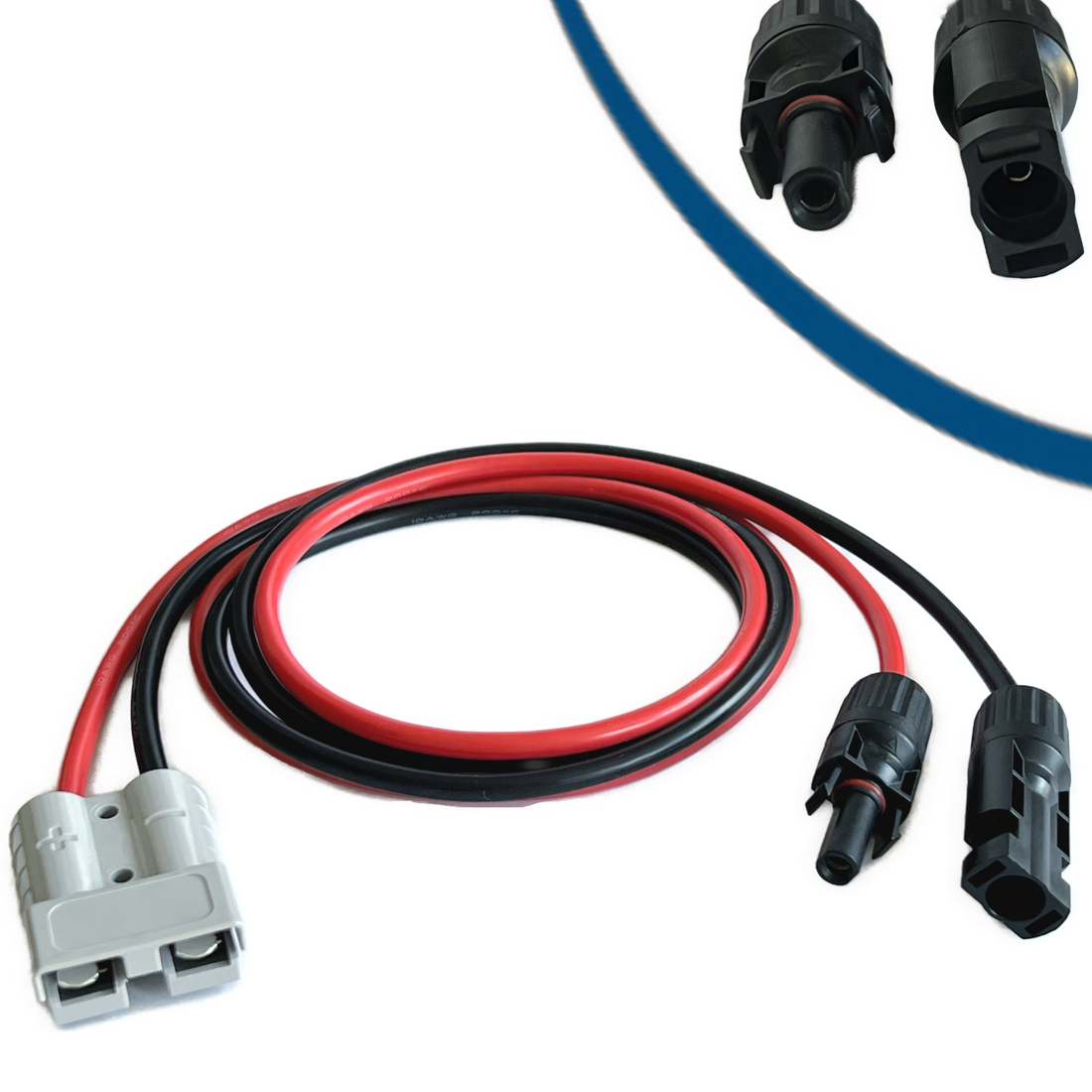
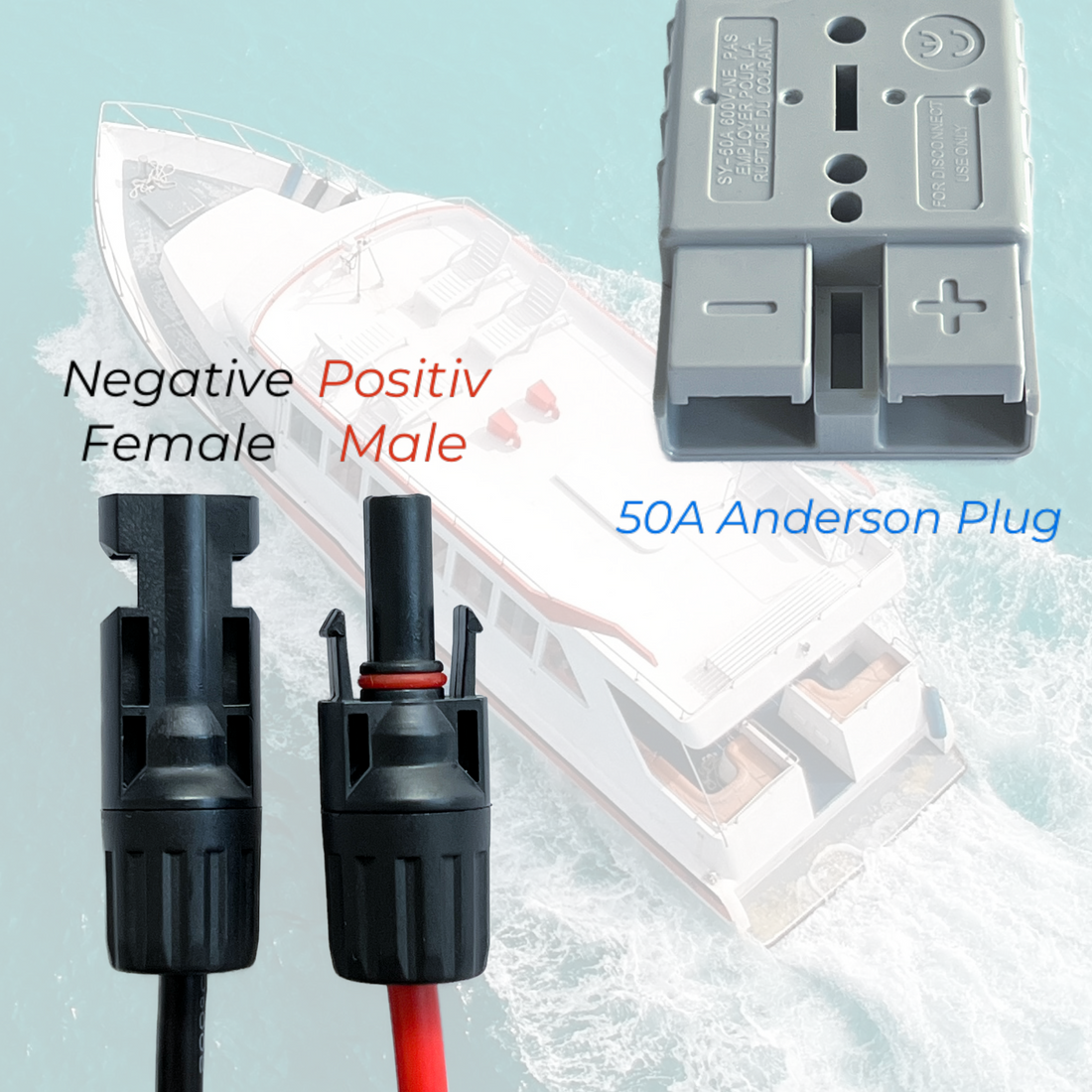
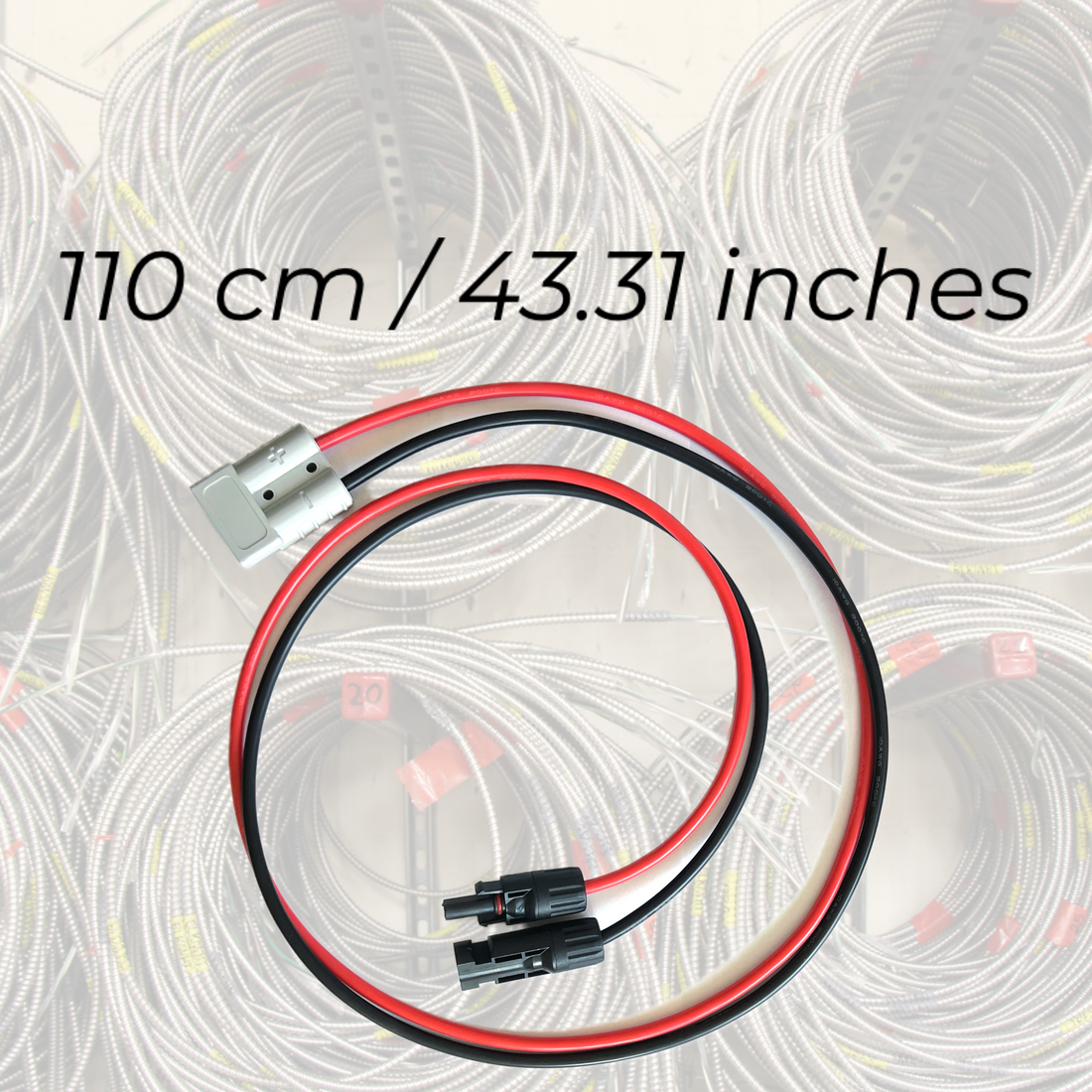
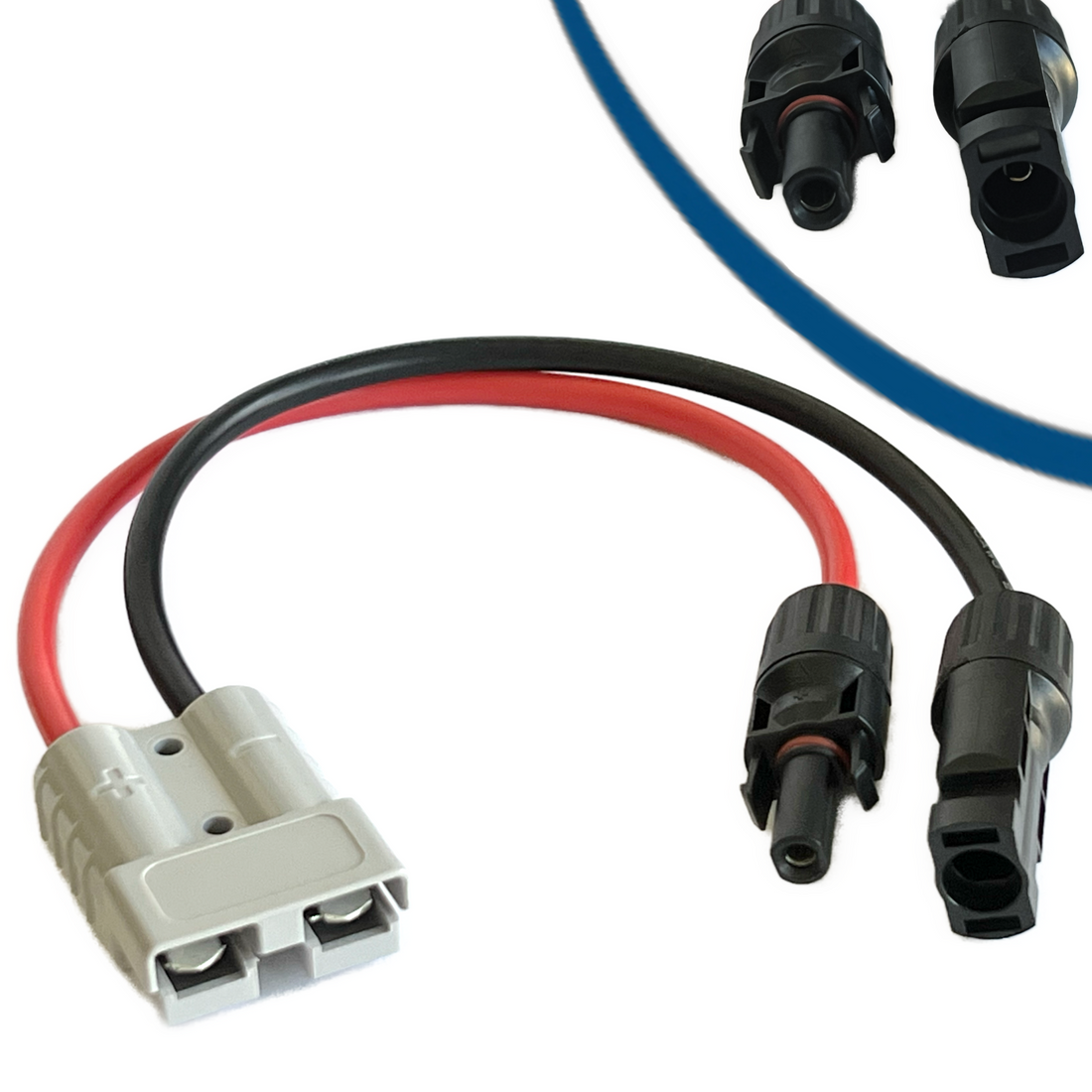
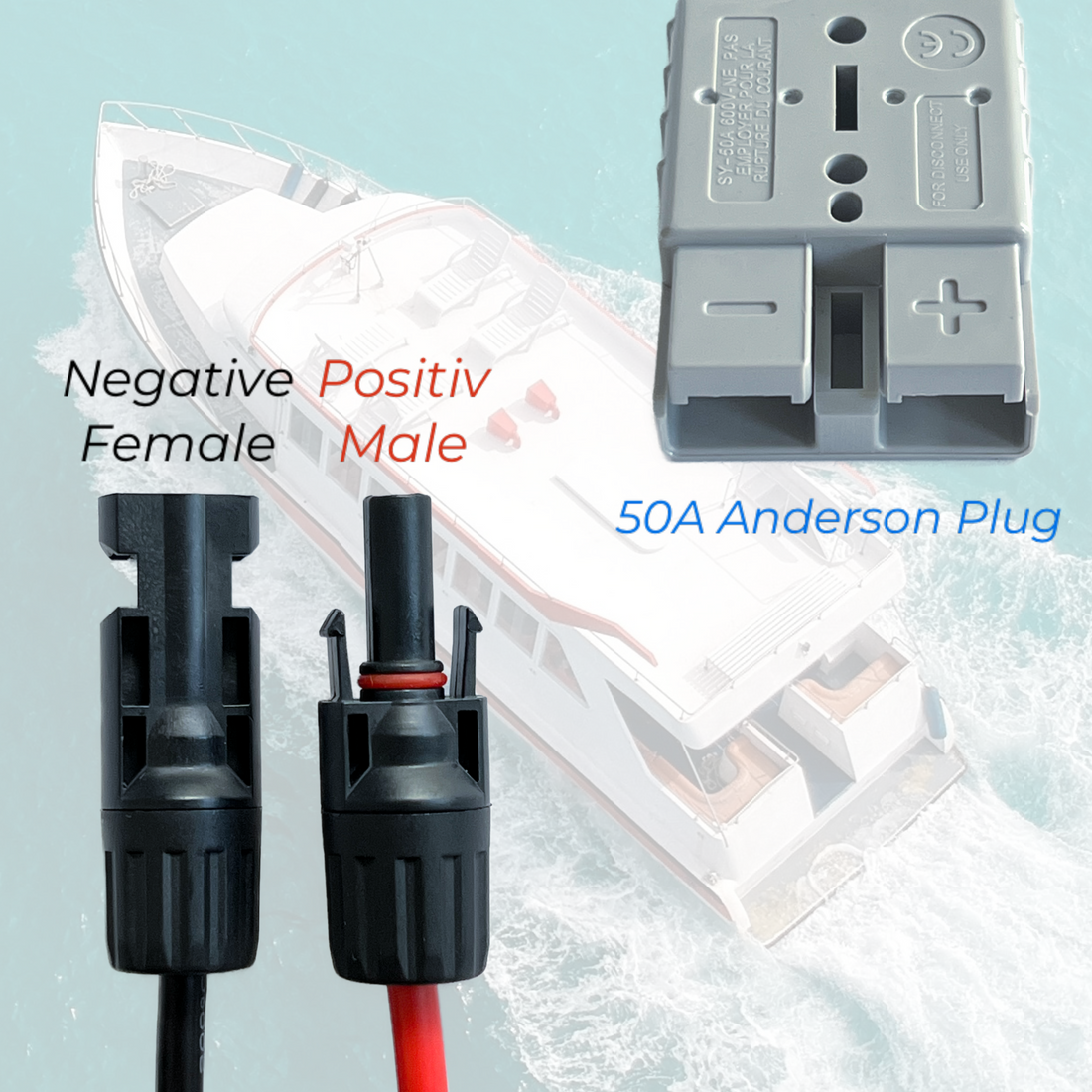
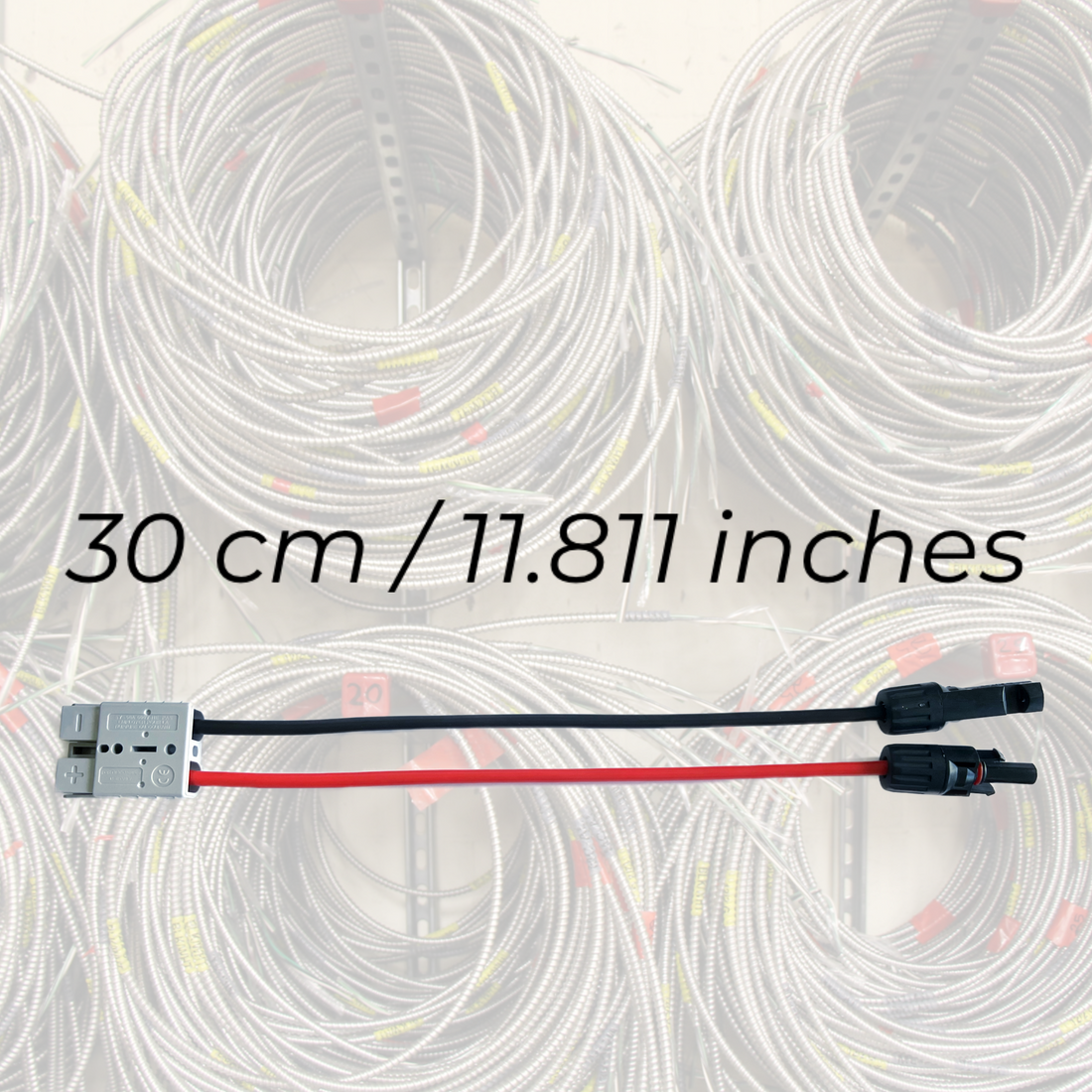
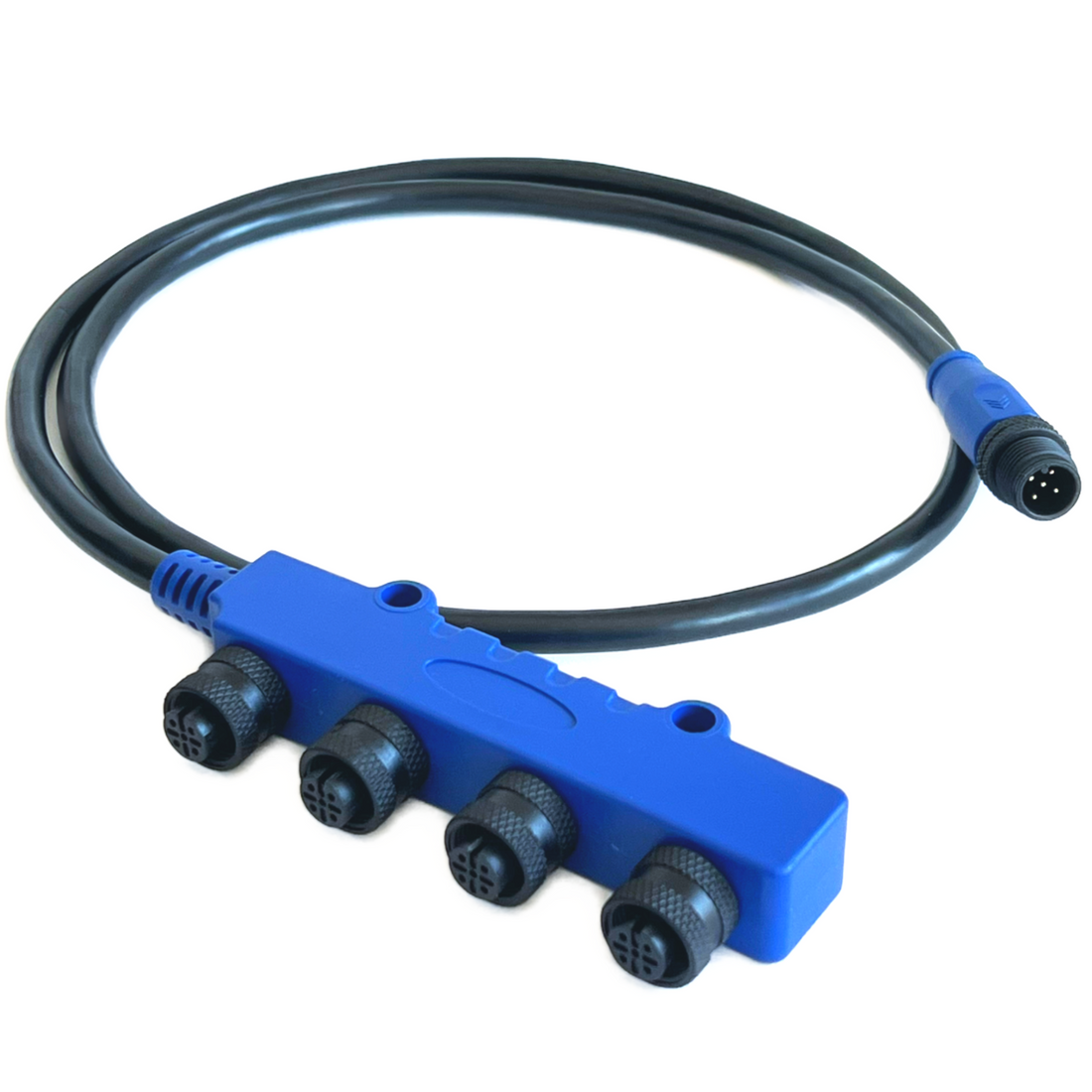
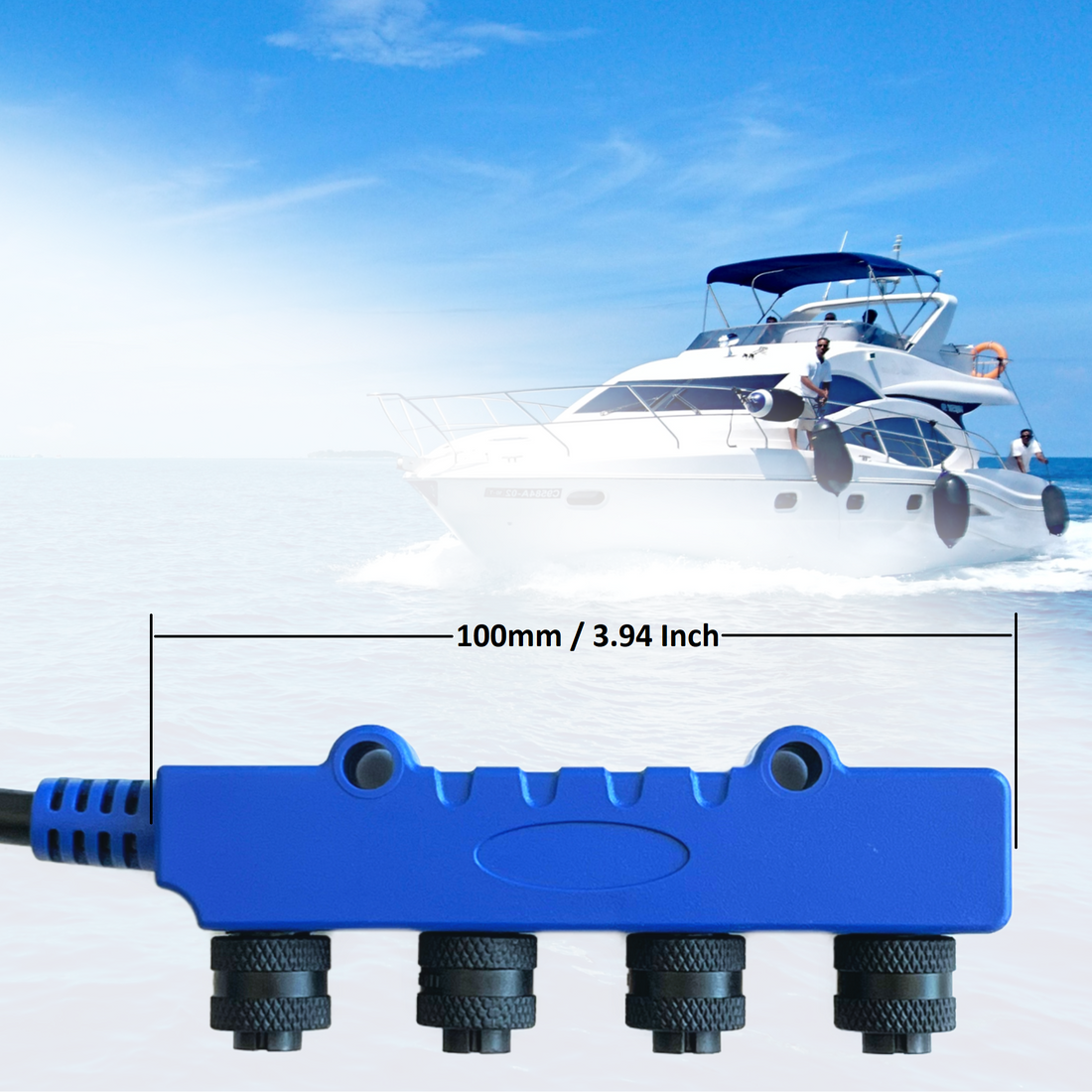
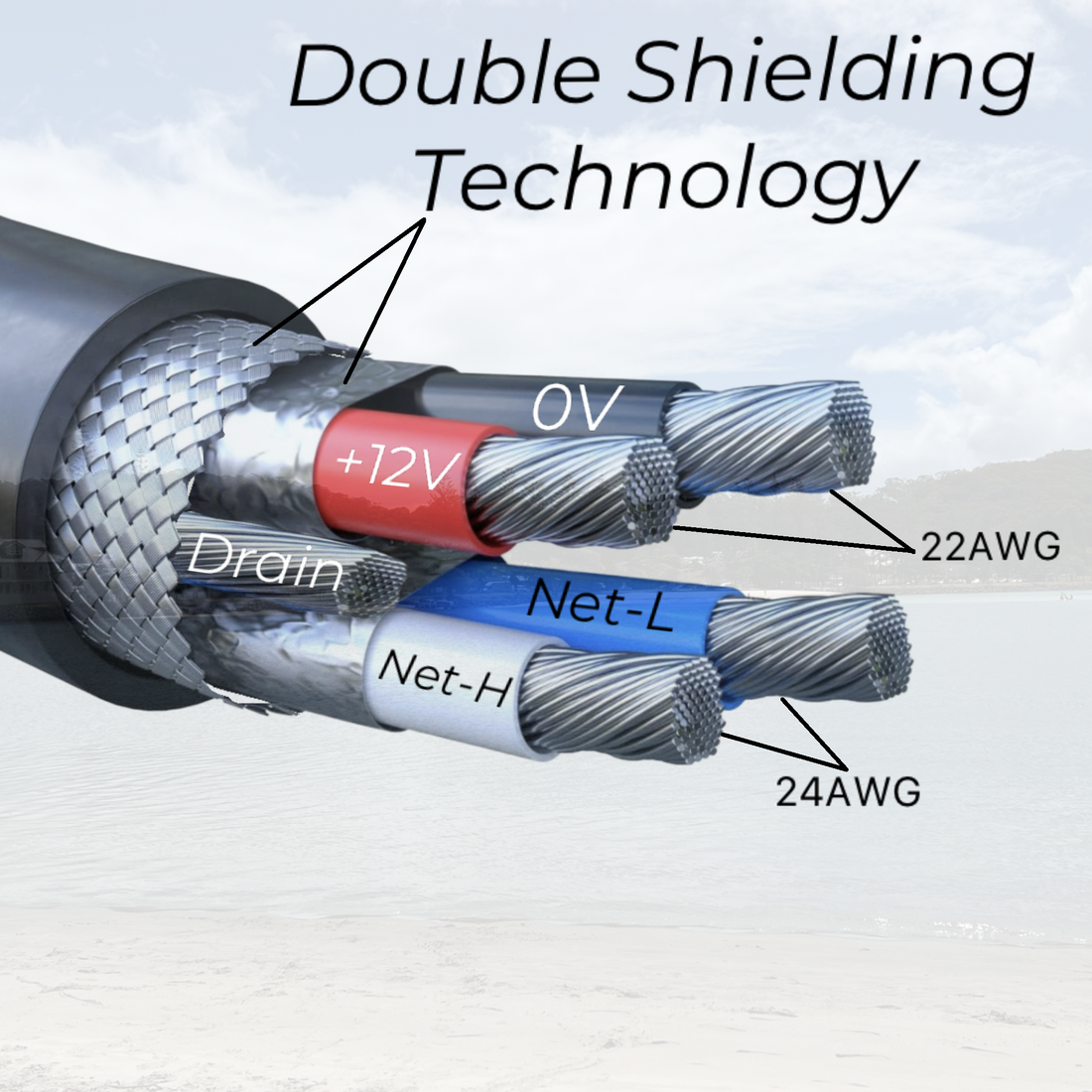
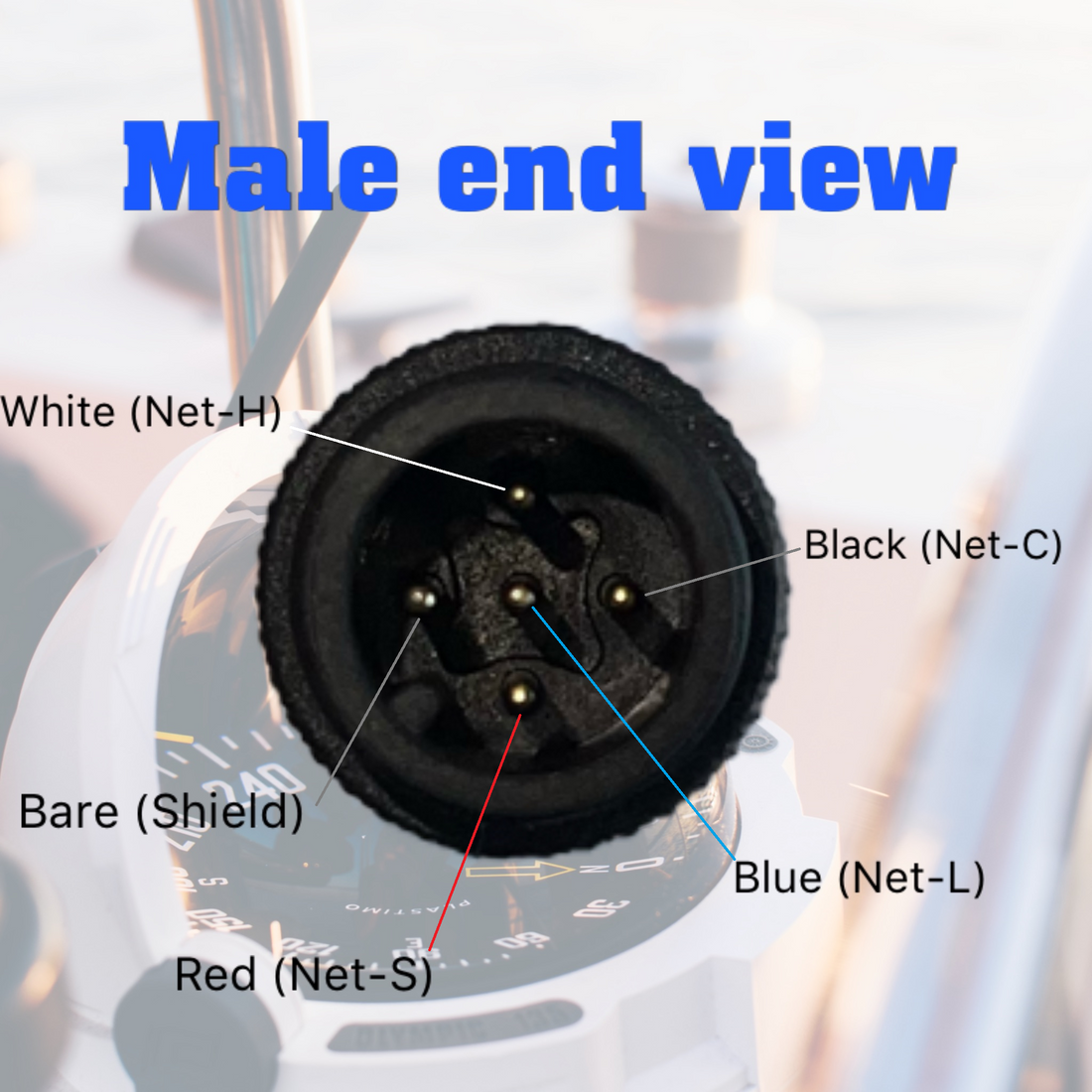
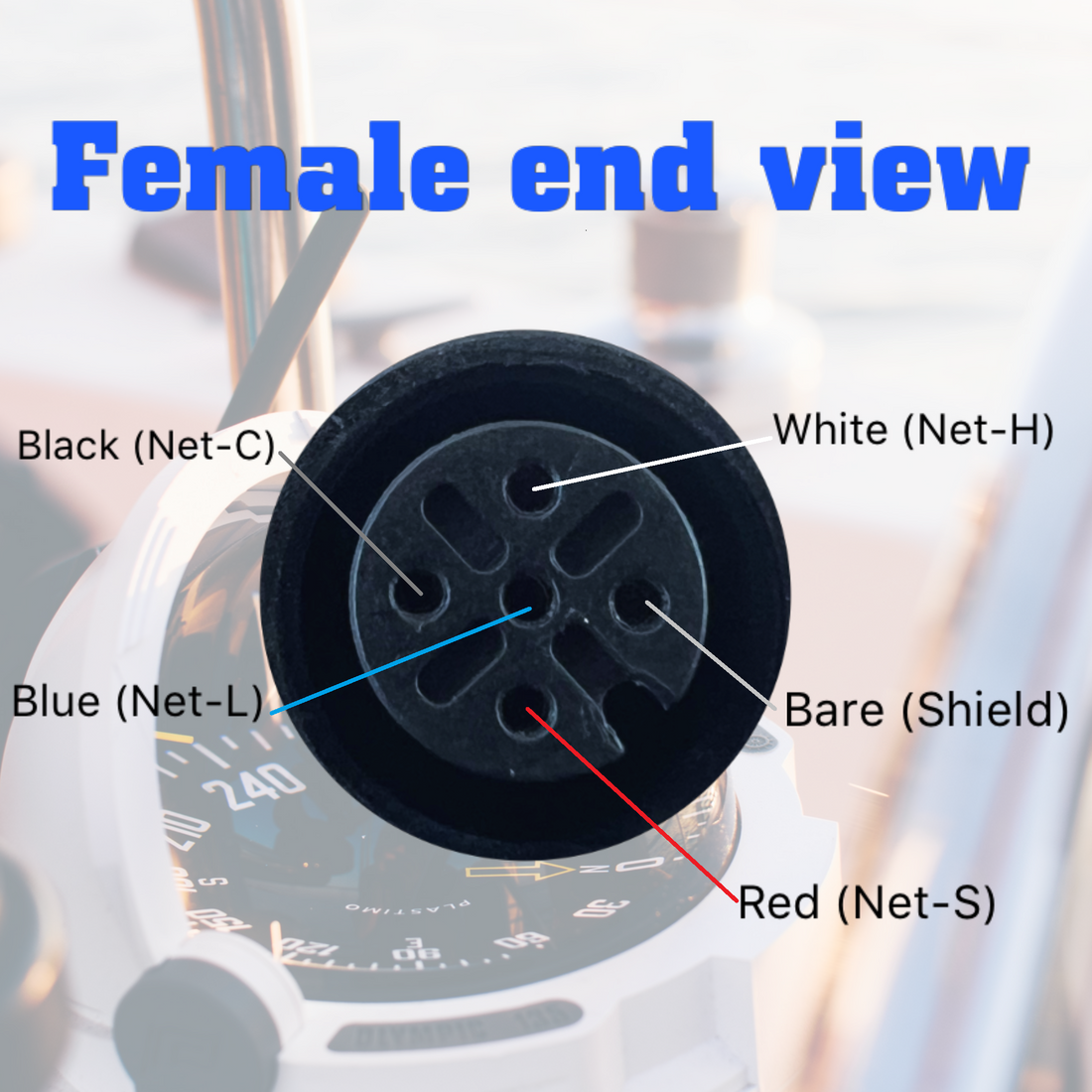
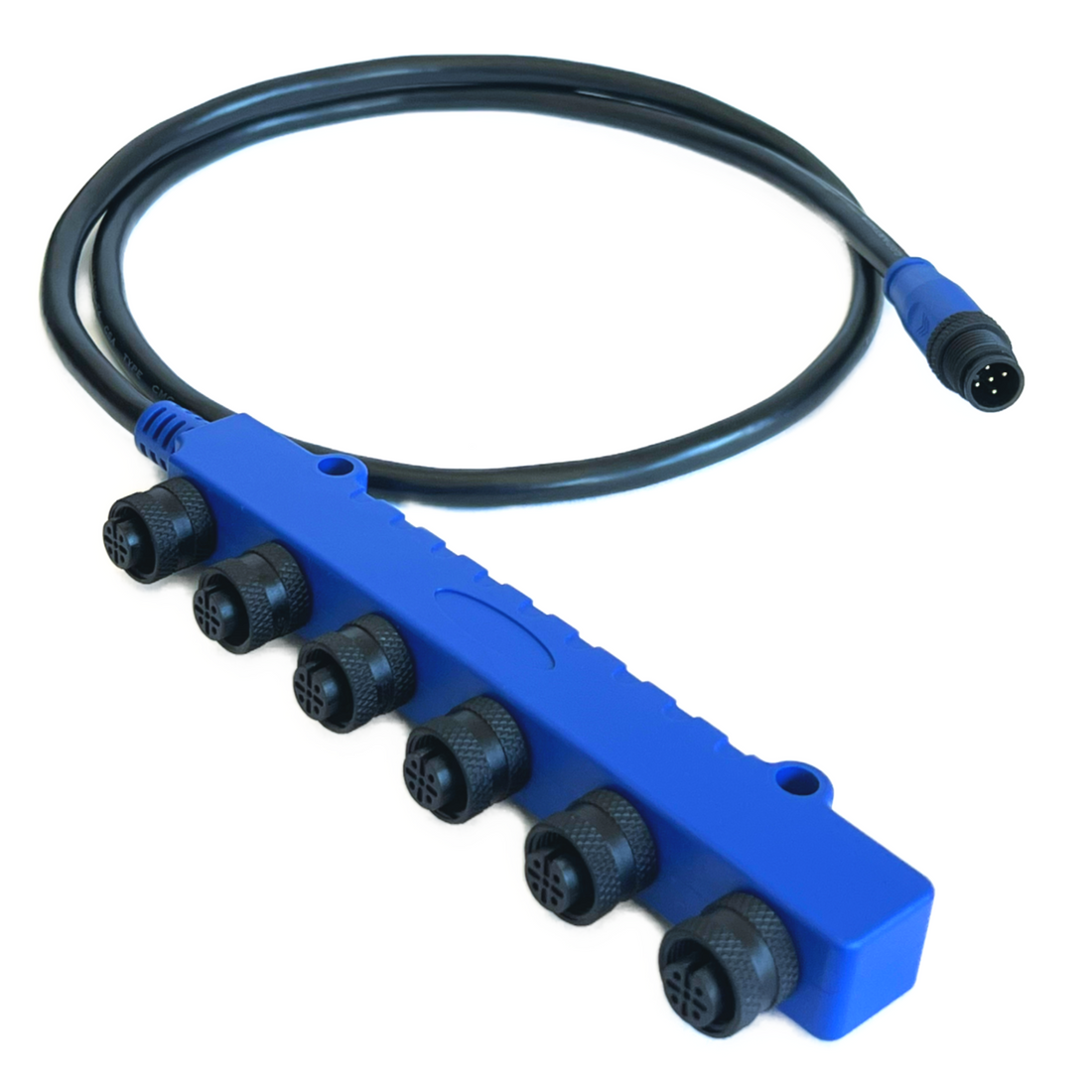
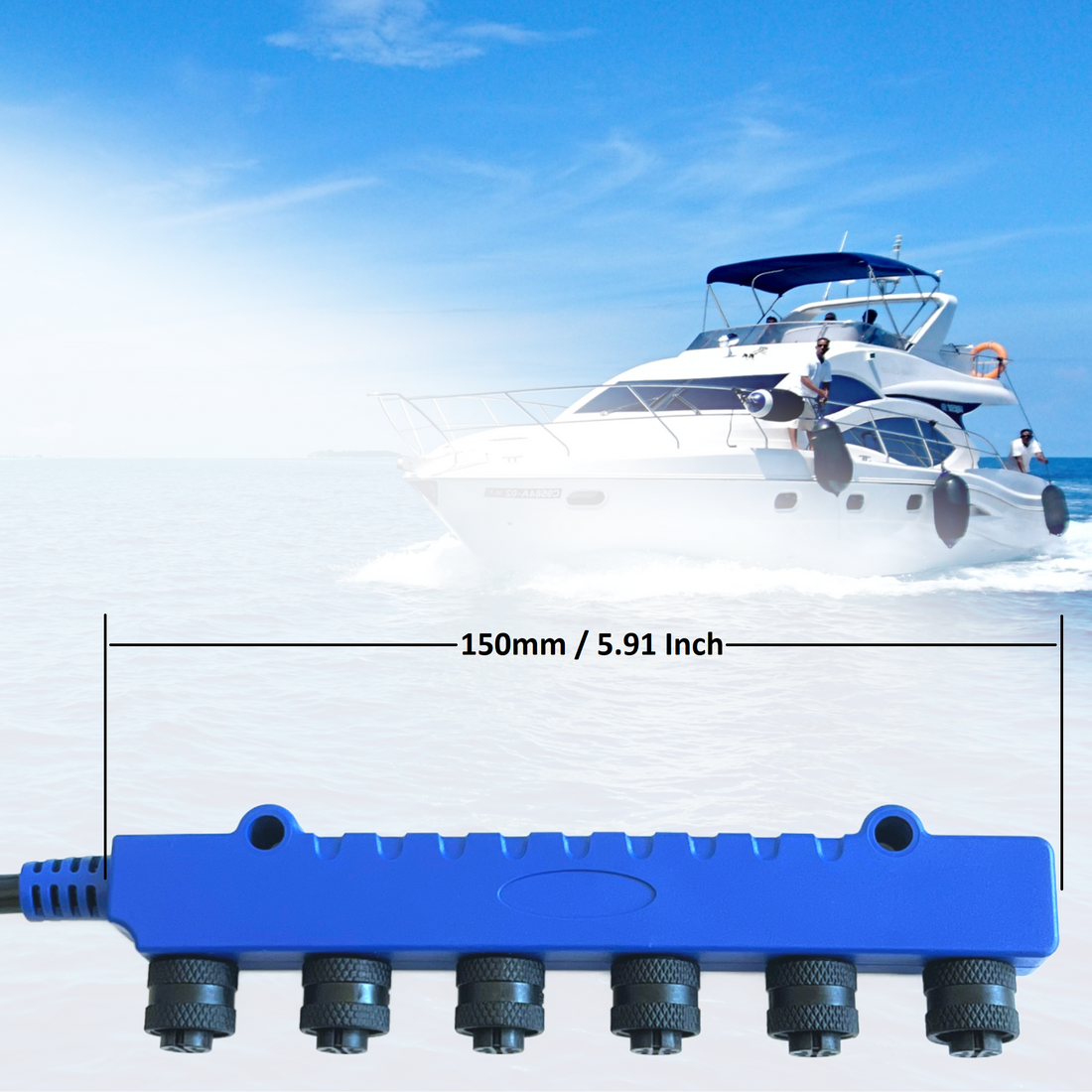
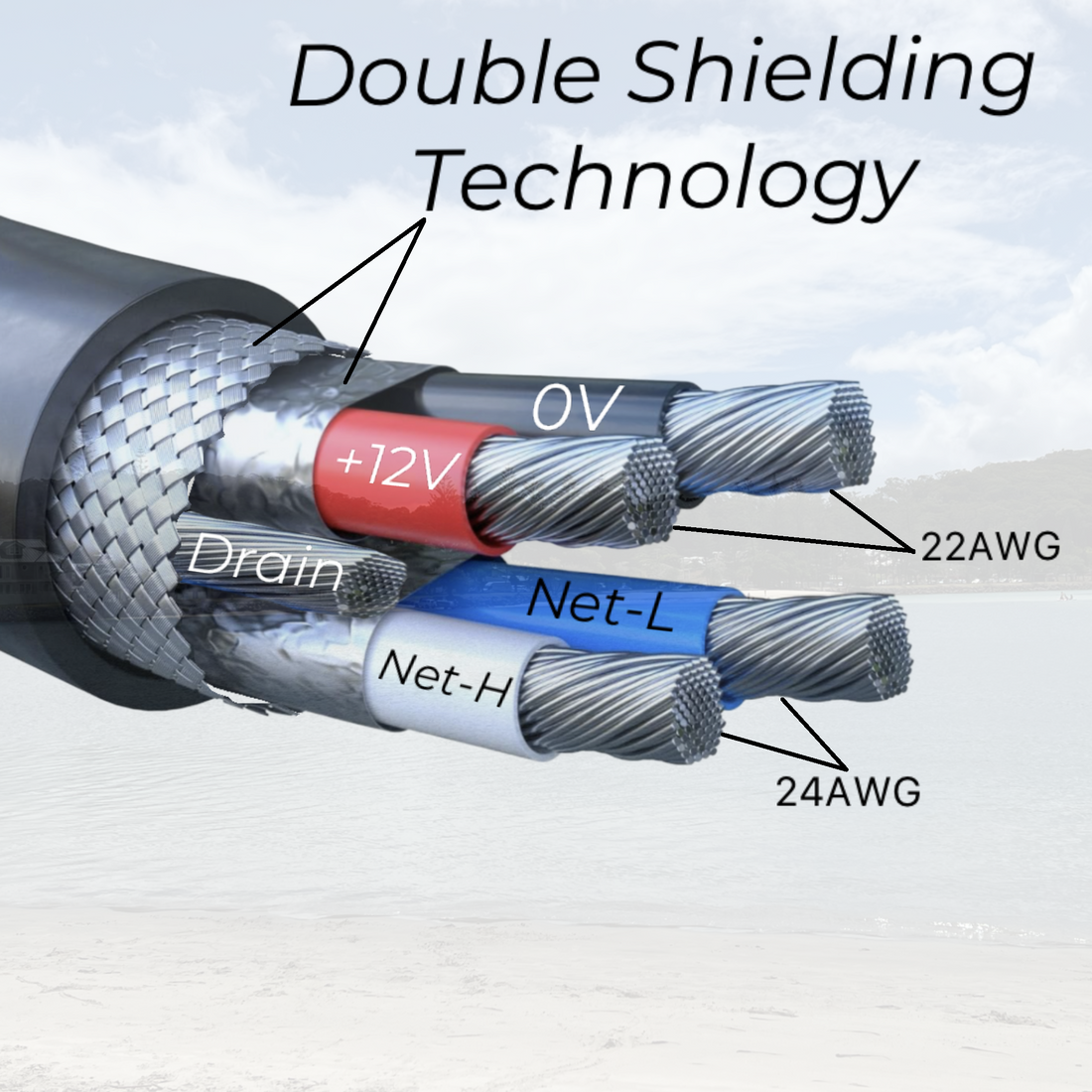
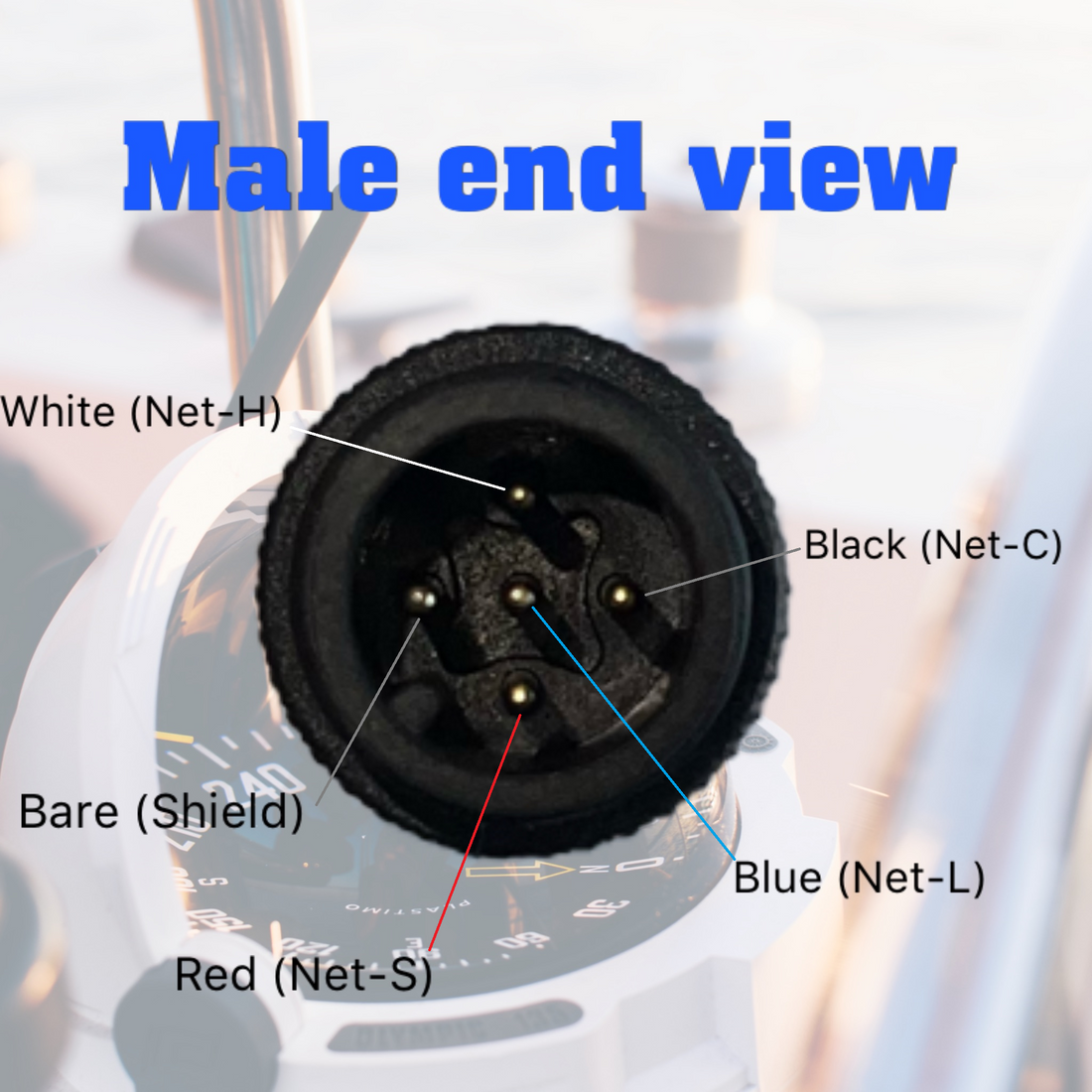
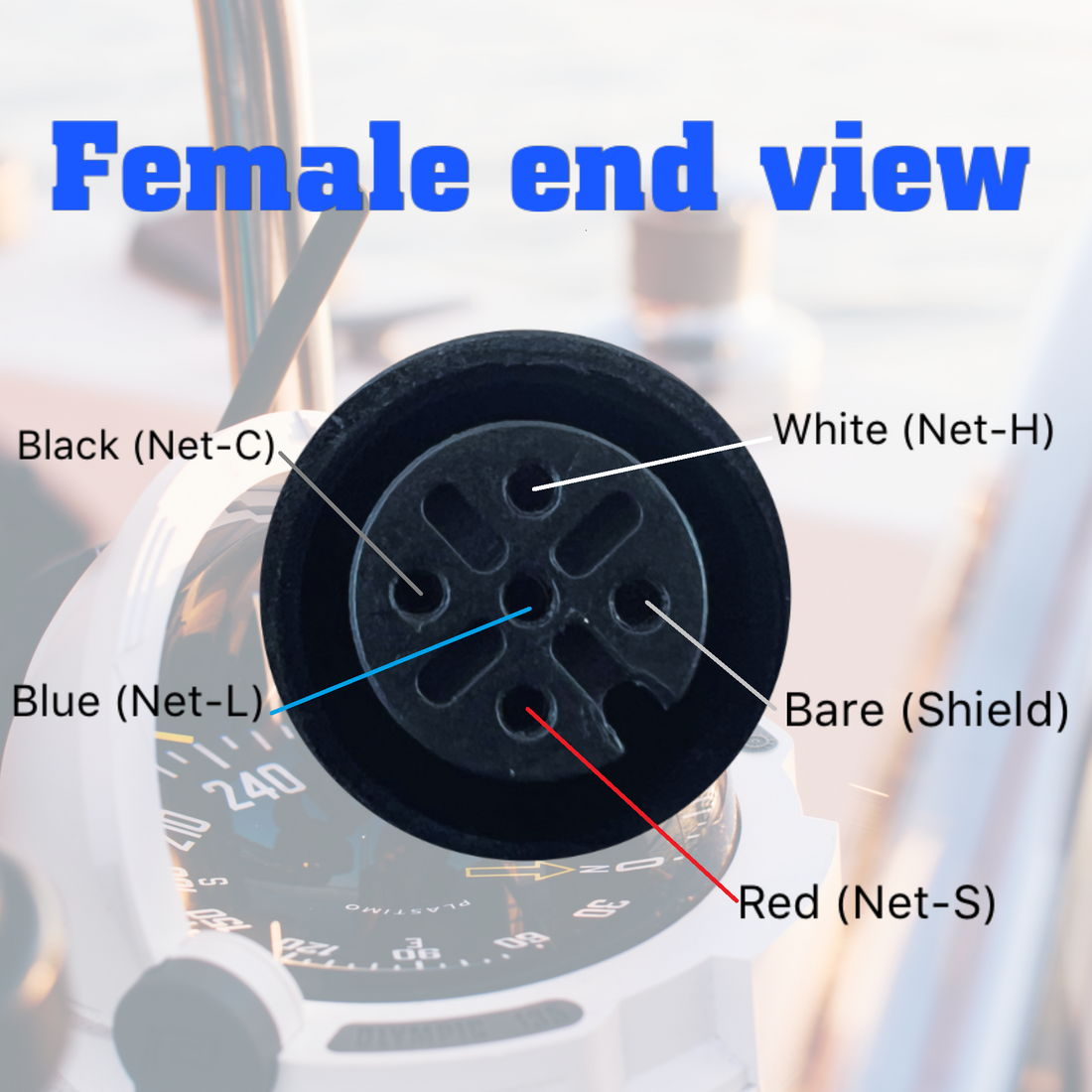
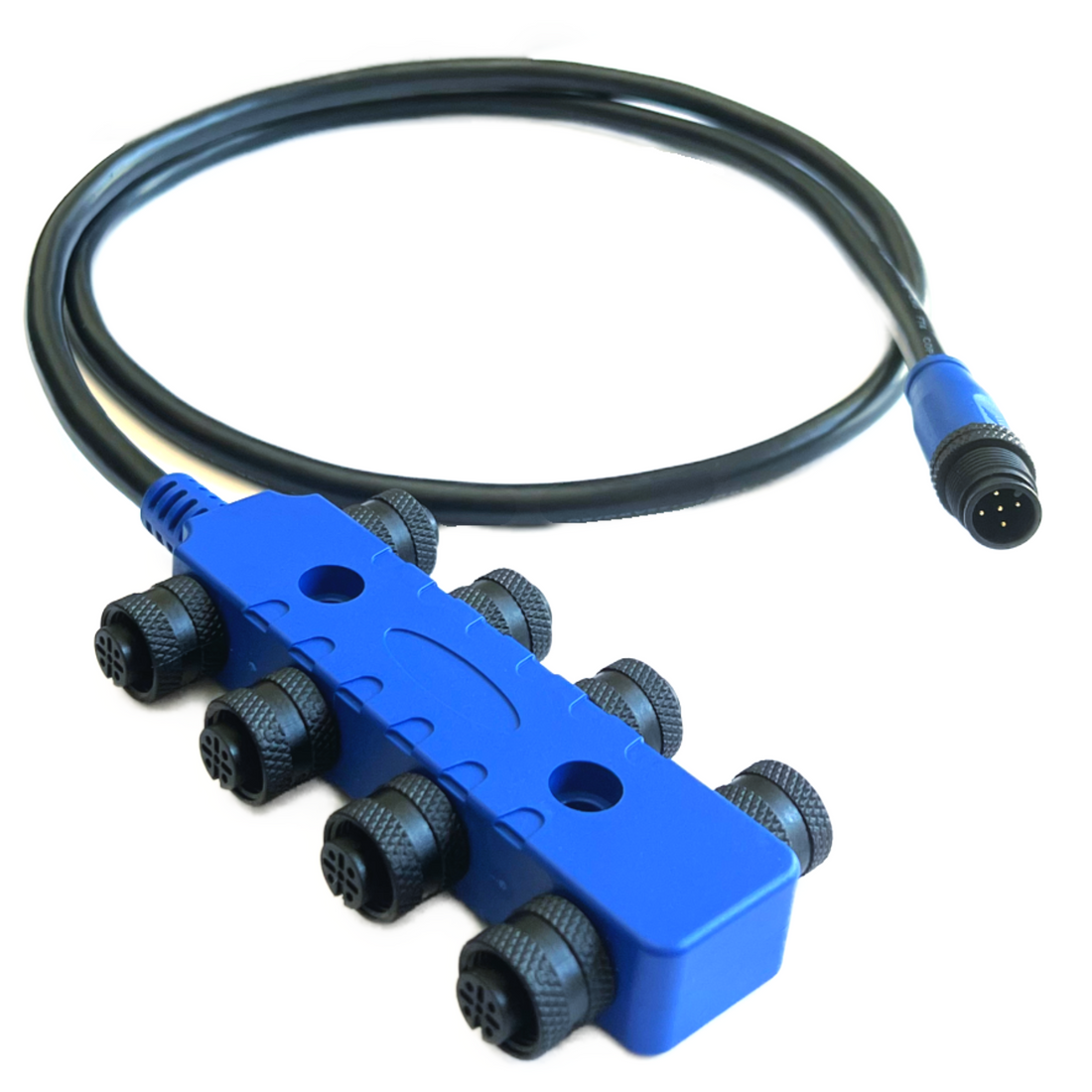
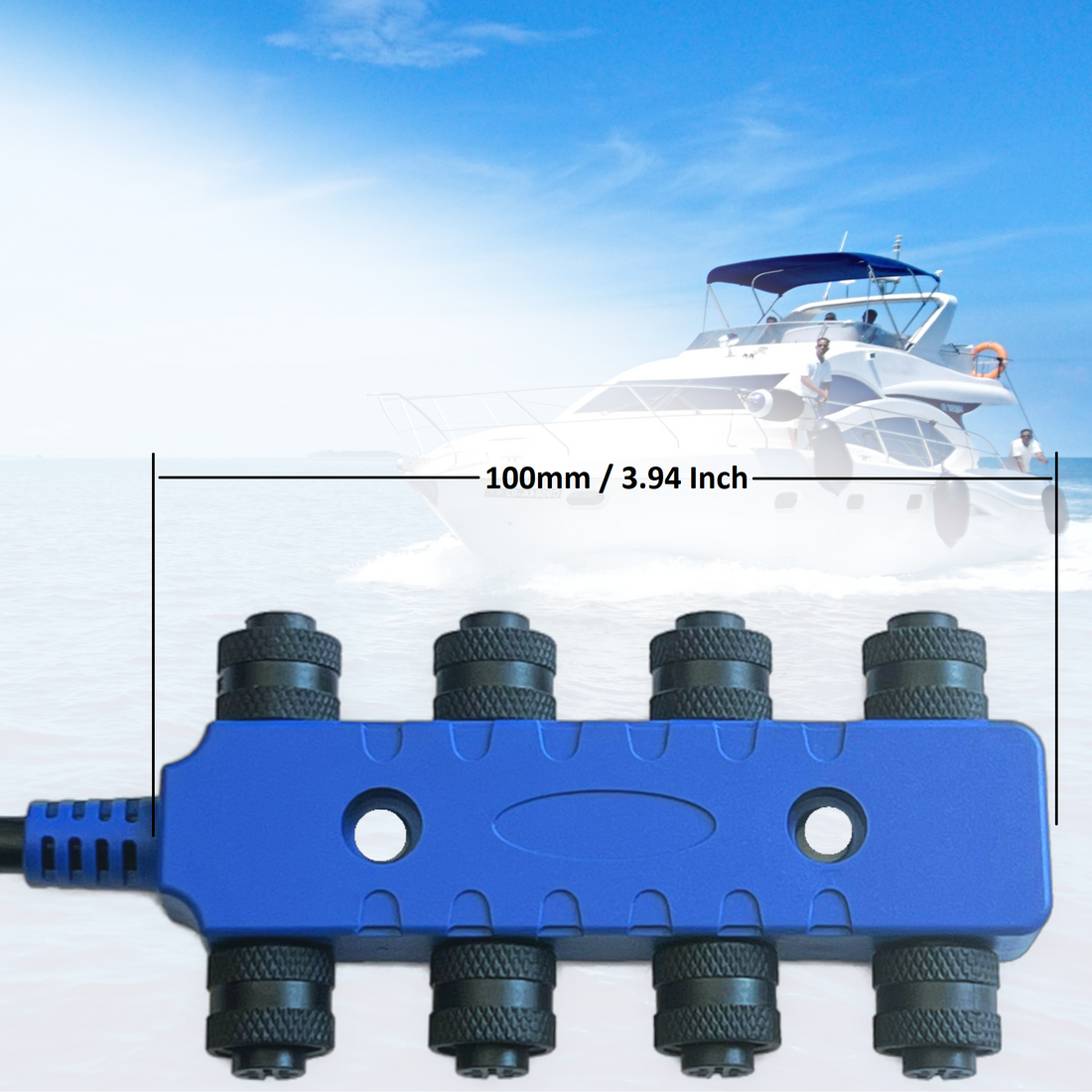
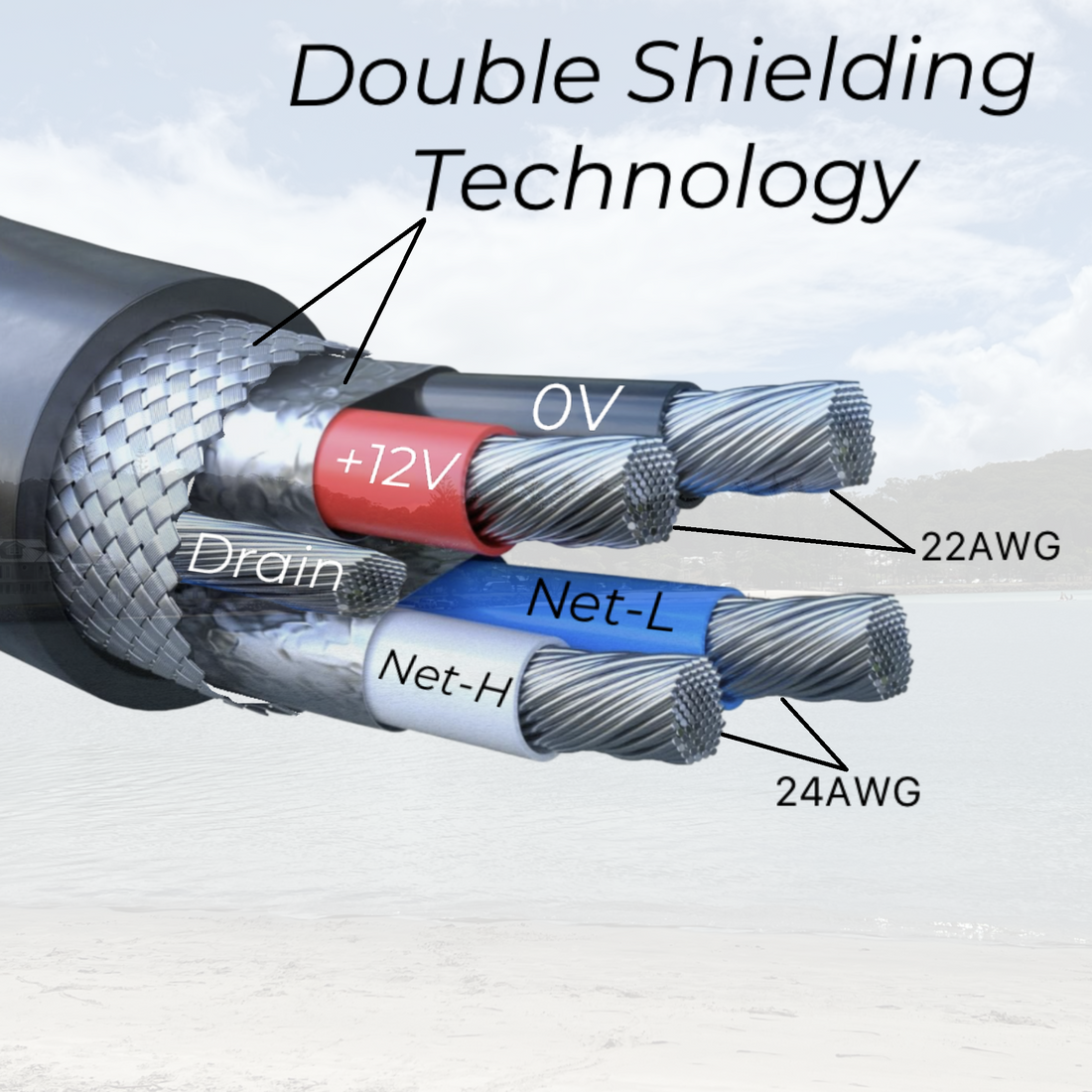
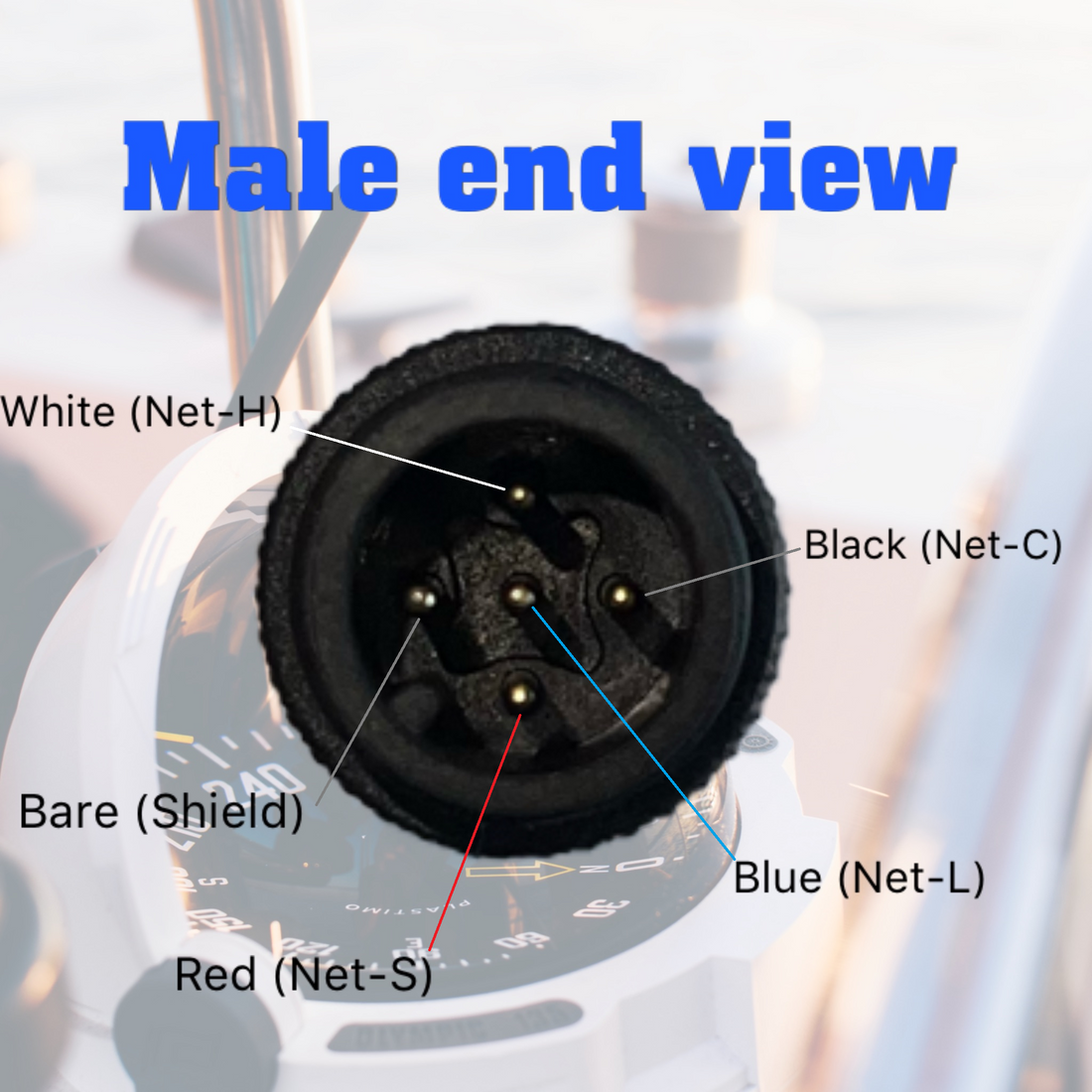
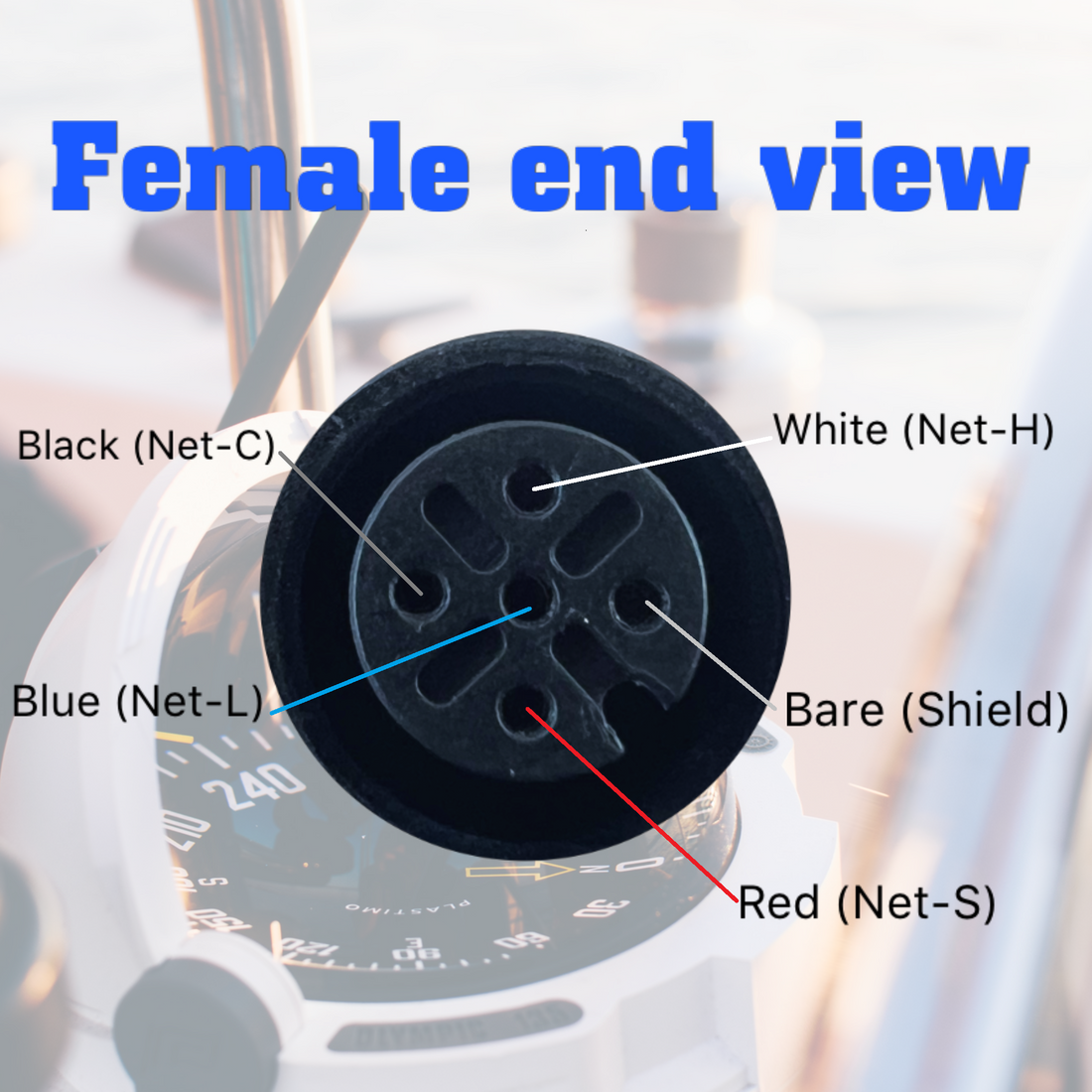
perfect, I have that, thank you!